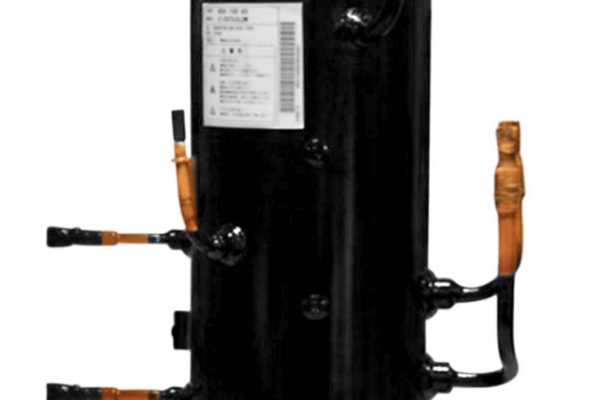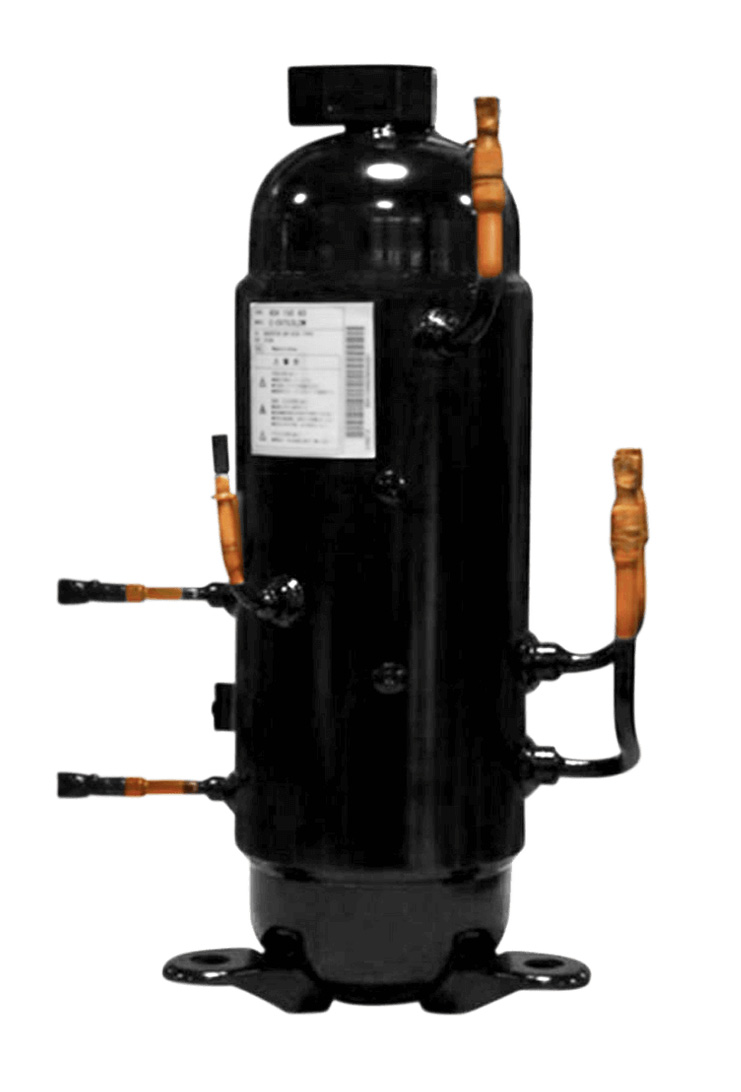A/C loop R-744 - Valeo
Refrigerant GWP: 1
Refrigerant safety class: A1
Awards/ merits: Automechanika Innovation Awards 2018
Company Headquarters: Germany

Refrigerant GWP: 1
Refrigerant safety class: A1
Awards/ merits: Automechanika Innovation Awards 2018
Company Headquarters: Germany
Refrigerant GWP: 1
Refrigerant safety class: A1
Rated cooling capacity range (in kW) 22 kW heating and cooling,
Energy source: Electric
Additional information: Prototype available, commercially available as of 2021
Company Headquarters: Germany
Refrigerant GWP: 1
Refrigerant safety class: A1
Dimensions: Height (in mm): 330, Width (in mm): 290
Company Headquarters: United States
BVG is Germany’s largest local transport company. In 2010, the company installed CO2 air-conditioning in seven buses in Berlin. The A/C systems were provided by Konvekta. Most new city buses and all long-distance buses in Germany are equipped with A/C systems with an average HFC leakage of 13-14% a year, or a total of 140,000 tonnes of CO2 equivalent.
Refrigerant GWP: 1
Refrigerant safety class: A1
Energy source: Electric
Company Headquarters: Germany
Refrigerant GWP: 1
Refrigerant safety class: A1
Rated cooling capacity range (in kW): from 4 to 55kW
Heating capacity: from 4 to 45kW
Dimensions: Height (in mm): 220, Width (in mm): 590, Weight (in kg): 65kg in aluminium execution – 88kg in cast iron execution
Company Headquarters: Italy
Additional information: Prototype available
Energy source: electric


Refrigerant GWP: 1
Refrigerant safety class: A1
Rated cooling capacity range (in kW) 13.2 kW (Speed 60rps/Suction temp: 32.2˚C/Gas cooler outlet: 32.2˚C/Tev -10ºC/Discharge 110 bar)
Dimensions Weight (in kg): 39.2kg
Company Headquarters: Spain
Energy source: Electric
Training: Full technical assistance available to customer
Awards/Merits: Nine years of field track record
Deutsche Bahn, a German railway company and Europe’s largest railway operator, aims to use natural refrigerants for air conditioning in new trains by 2020. The first DB Bahn train to be fitted with CO2 air conditioning was a Siemens VT642 train, in Chemnitz (Saxony) in 2016. Since then the company has carried out a few more projects with a CO2 air-cycle system.
Bitzer offers two CO2 compressors for use on buses, ships, cabins and trains. The ECOLINE H Series and the ECOLINE Transcritical.
GWP 1
Refrigerant GWP: 1
Refrigerant safety class: A1
Rated cooling capacity range (in kW) 6.56-112.60 depending on the model
Dimensions: weight (in kg): 94-243
Company Headquarters: Germany